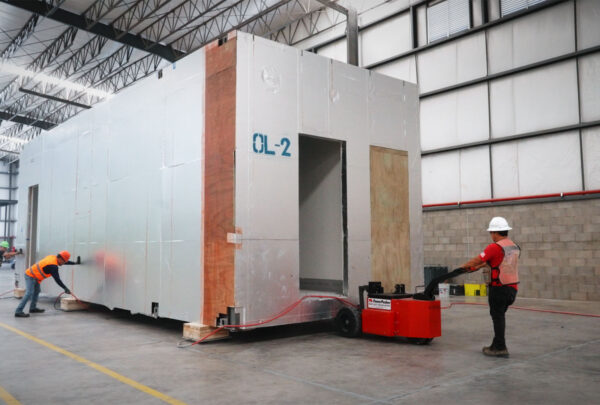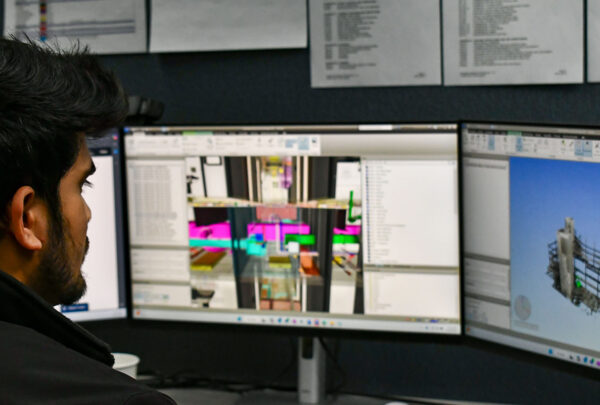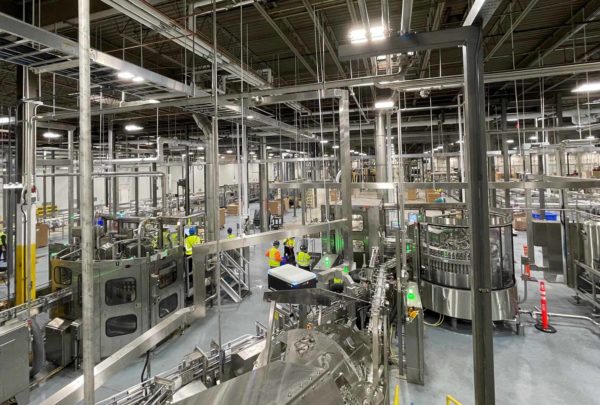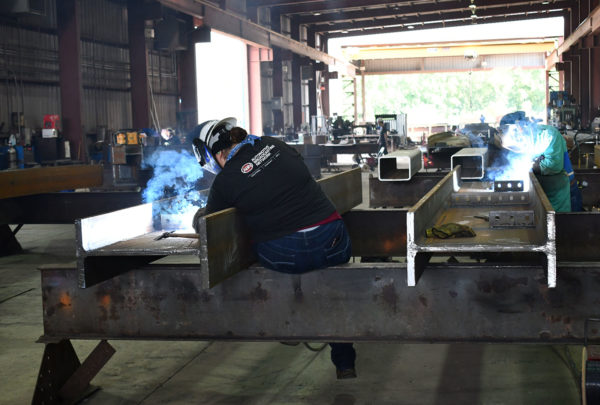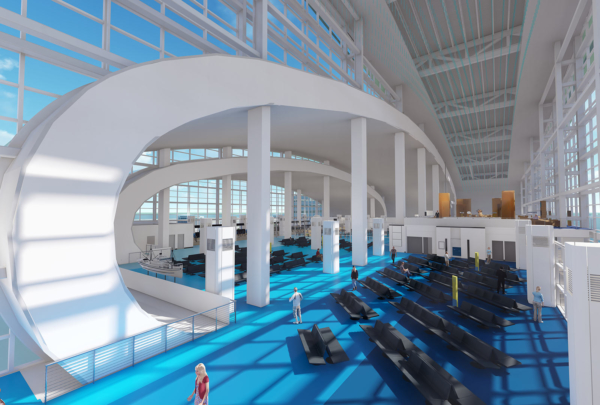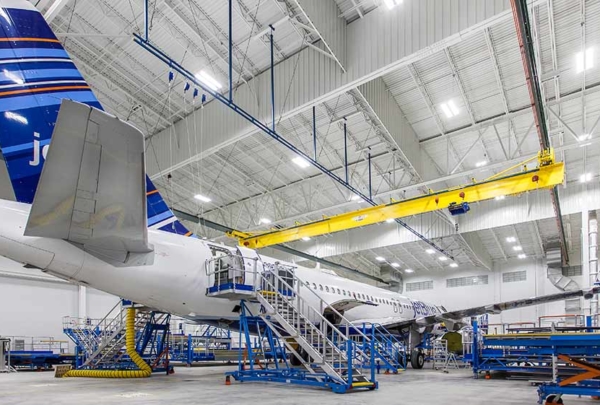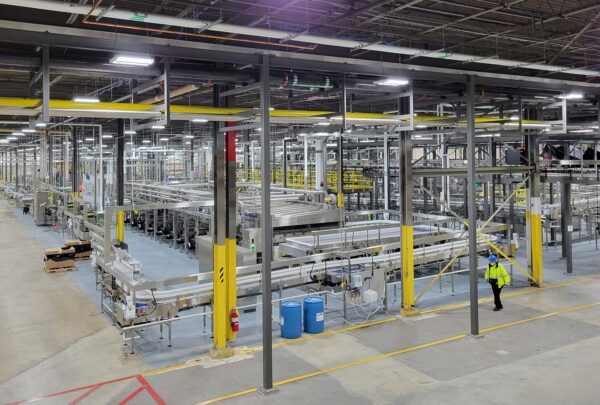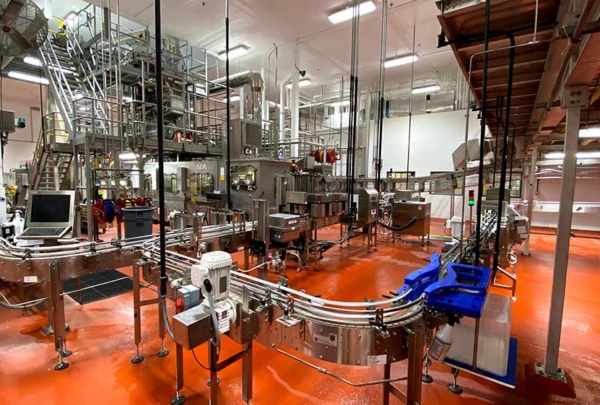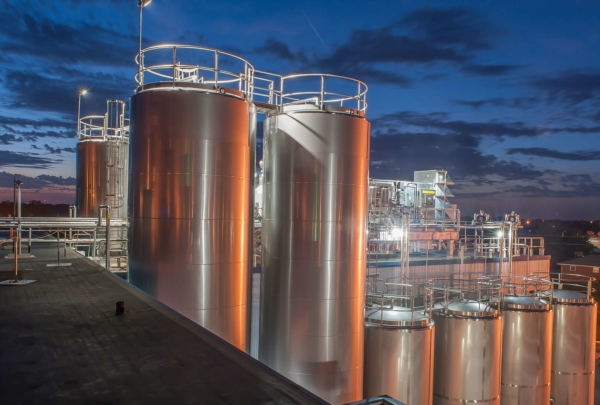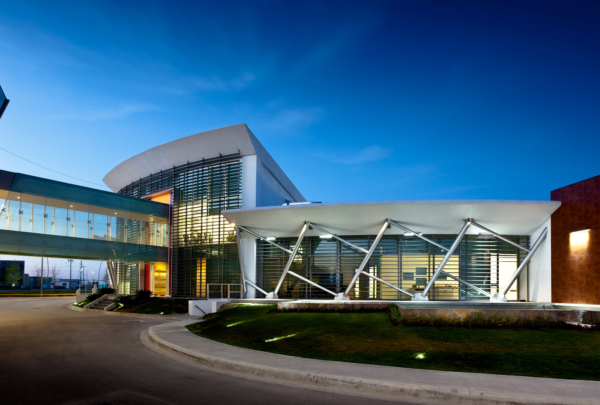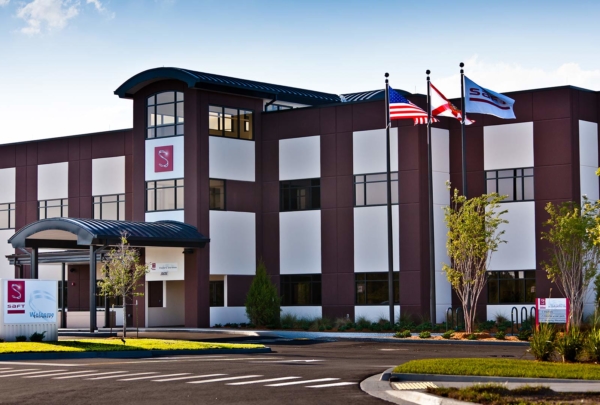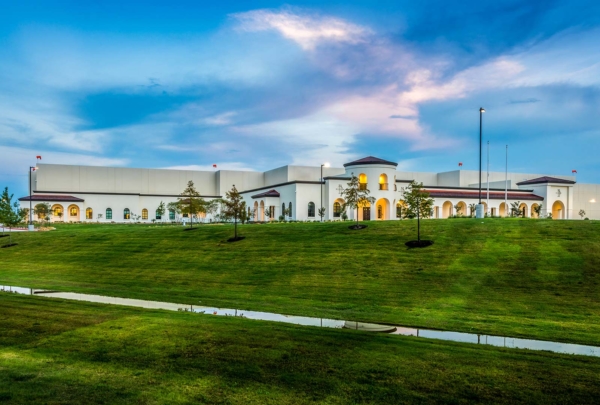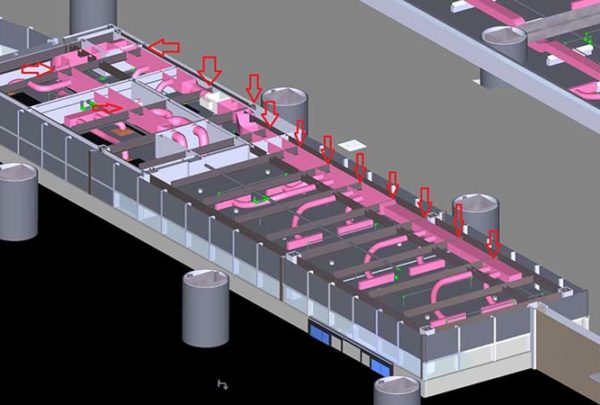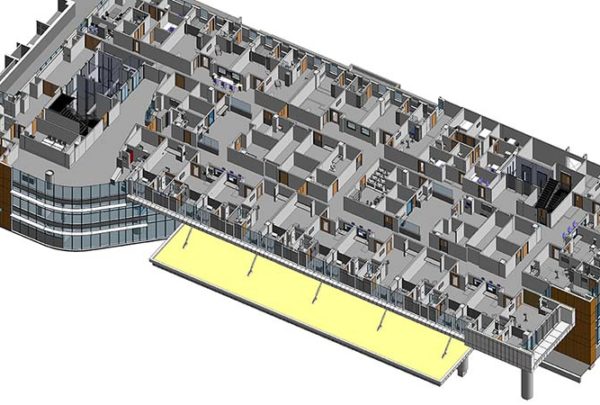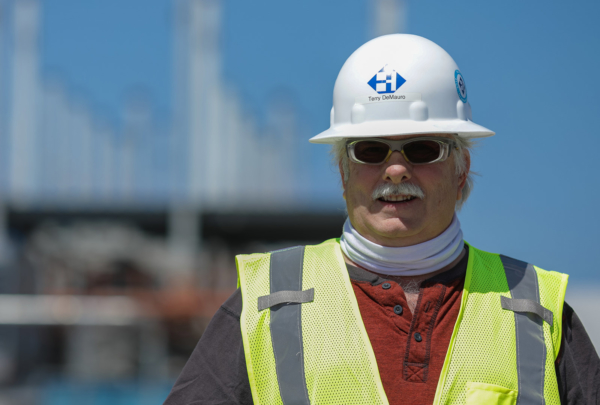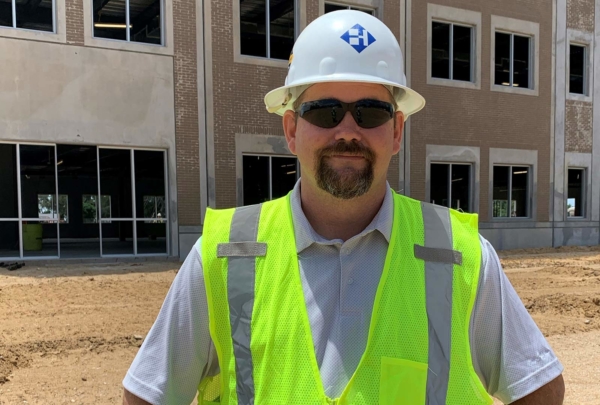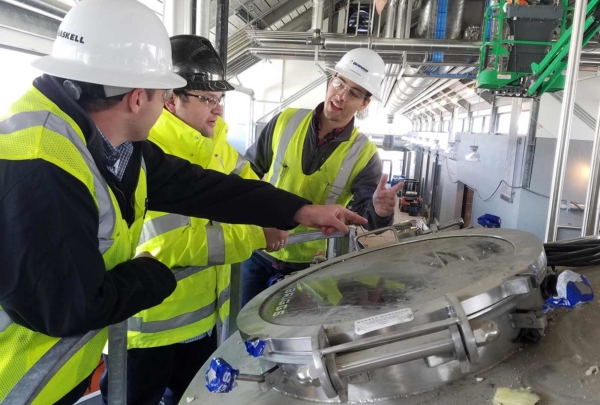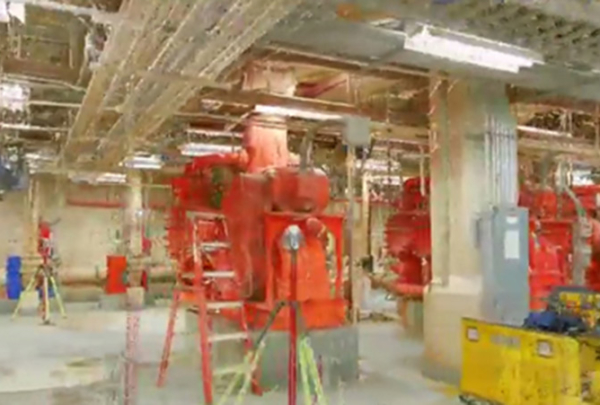A decade ago, Engineer Procure Construct (EPC) projects were managed with disconnected files that often concealed design conflicts until late in the construction phase. The result was costly rework, delays and frustrated teams.
Today, technology has transformed the process. Integrated 3D modeling, collaborative platforms and data-driven tools allow project teams to anticipate problems, improve efficiency and deliver smarter facilities. At Haskell, this transformation drives better project outcomes and helps clients prepare for the operational future of Industry 4.0.
VDC, 3D, 4D and 5D in Action
The shift from 2D AutoCAD drawings to fully integrated 3D modeling environments has been a game-changer. Structural, mechanical, electrical and architectural disciplines now collaborate in a shared model from Day 1. This reduces the risk of clashes and improves constructability.
For example, in food and pharmaceutical facilities, 3D modeling allows teams to clearly identify conflicts between piping and electrical trays long before construction. Haskell extends this approach through Virtual Design and Construction (VDC), using models not only for coordination but also for estimating, prefabrication and field layout.
Building Information Modeling (BIM) consolidates design, schedule and cost information into a single source of truth. On EPC projects, this supports clash detection, 4D sequencing and 5D cost forecasting. Digital twins extend BIM into operations by creating real-time virtual replicas of facilities that predict equipment maintenance needs and track performance.
For a Haskell team upgrading an aging petrochemical facility, laser scan-to-BIM technology captured existing conditions with millimeter accuracy, minimizing risk and preventing costly surprises. Similarly, our System Analytics group uses simulation and emulation to optimize facility layouts and test controls virtually, reducing risk before construction begins.
Keeping Teams on the Same Page
Mobile technology has streamlined field management. Today, construction managers can walk a site with a tablet, document issues in the model, geotag hazards and push updates instantly. What once required calls and email chains now takes minutes in a virtual environment.
Haskell also integrates Procore for centralized documentation, RFIs and submittals, enabling global collaboration. On a beverage manufacturing project, teams in Asia and Europe shared design updates in real time, reducing approval cycles from days to hours. Combined with VDC workflows like clash detection, robotic layout and VR walkthroughs, this model-first approach ensures all stakeholders remain aligned.
Technology delivers measurable benefits on EPC projects. For one confidential client, 3D modeling and BIM coordination in the front-end engineering design (FEED) stage produced a 6% Total Installed Cost savings by optimizing piping and ductwork early. An international airport expansion project used 5D BIM to maintain cost accuracy throughout construction, allowing funds to be reallocated to high-priority areas without exceeding budget.
Haskell’s VDC teams consistently apply these tools to accelerate project schedules, reduce rework and improve cost certainty, driving success across industries.
Building for Industry 4.0
Technology’s impact does not end with project delivery. Increasingly, EPC solutions prepare clients for smart manufacturing. By integrating IoT sensors, building management systems and digital twins, facility operators gain real-time insights into energy use, performance and equipment health.
In a recent food production facility, Haskell embedded process monitoring into the digital infrastructure, allowing the client to track yield, spot bottlenecks and simulate changes before implementation. These capabilities represent essential steps toward Industry 4.0 readiness.
The future of EPC will be defined by deeper digital integration. Universal BIM adoption is quickly becoming the norm. AI-powered design generation, immersive AR/VR site inspections and blockchain-based contract management are on the horizon. Modularization and prefabrication, already widely used, will continue to expand as digital workflows make it easier to deliver repeatable designs.
Through Dysruptek, Haskell’s innovation and venture capital arm, the company continues to lead construction technology adoption, ensuring clients benefit from the latest advancements. Guided by our core values of Team, Excellence, Service and Trust, we are committed to delivering projects that are not only efficient and cost-effective but also future-ready.
 About the author: Nimesh Kedia is a Project Director operating from Haskell’s Singapore office. Since joining Haskell in 2017, he has led major projects across the Asia-Pacific region, including PepsiCo’s 216,000-square-foot Greenfield Manufacturing Facility. With more than 20 years of project management and engineering experience, he emphasizes precision, safety and compliance as the foundation for successful delivery.
About the author: Nimesh Kedia is a Project Director operating from Haskell’s Singapore office. Since joining Haskell in 2017, he has led major projects across the Asia-Pacific region, including PepsiCo’s 216,000-square-foot Greenfield Manufacturing Facility. With more than 20 years of project management and engineering experience, he emphasizes precision, safety and compliance as the foundation for successful delivery.
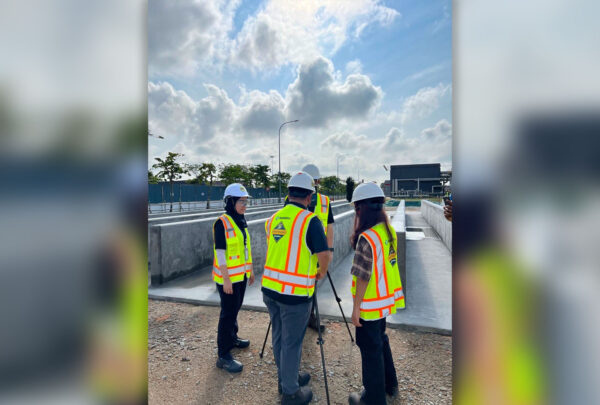
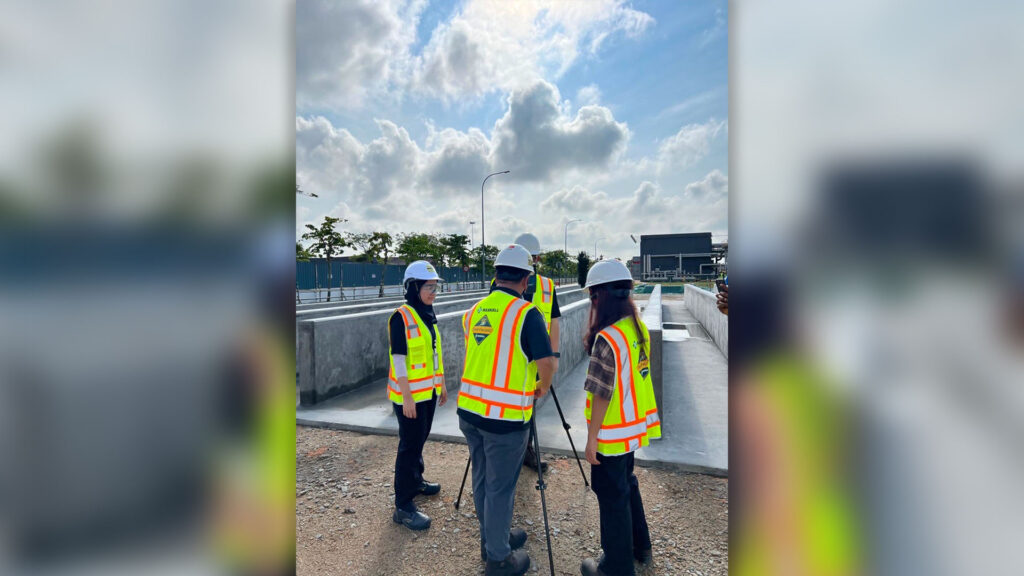
 About the author:
About the author: 